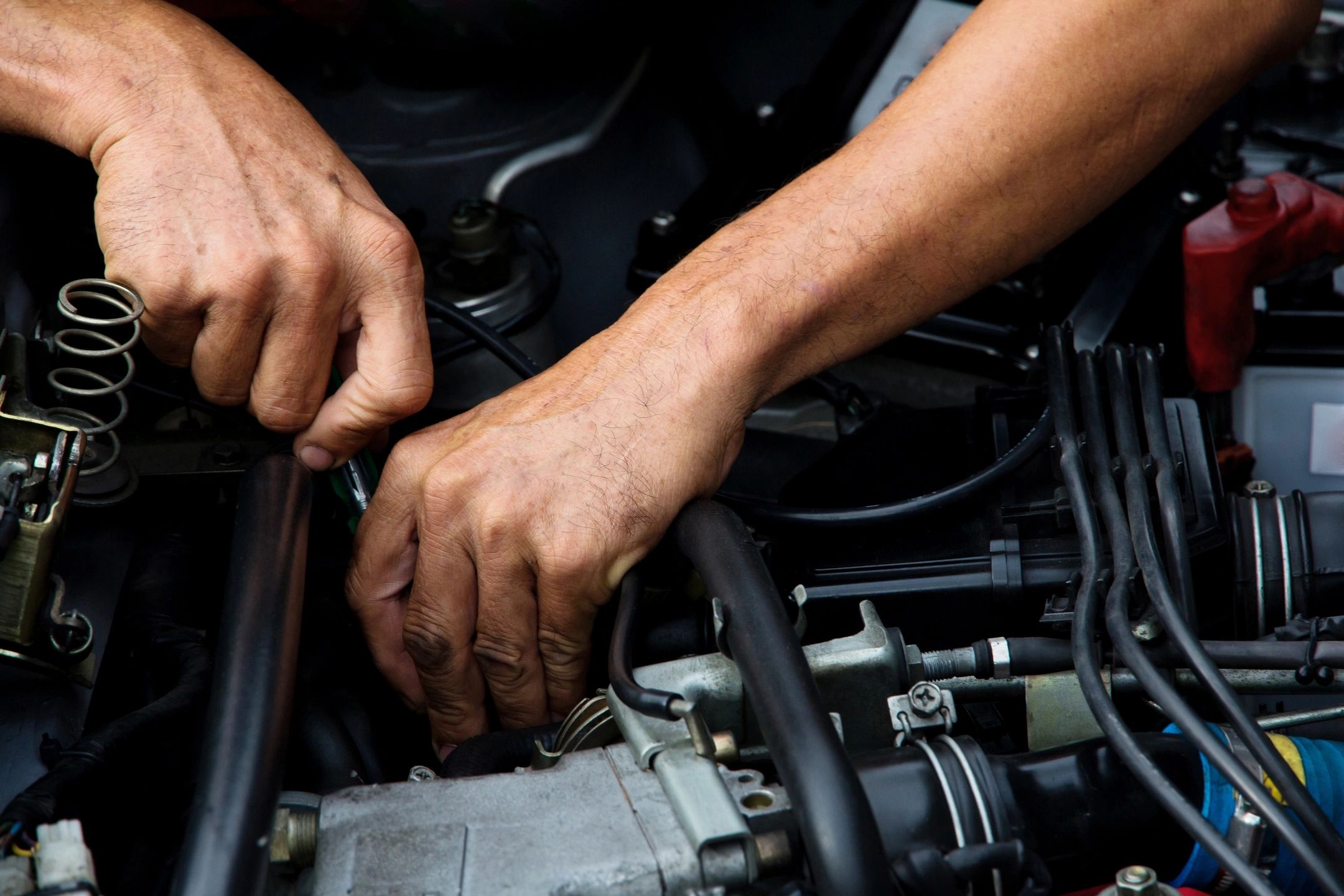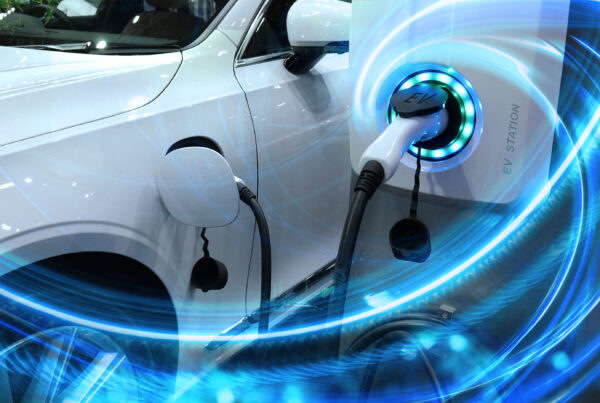The Asia-Pacific (APAC) aftermarket consumables market grows due to the region’s strict emission standards. This research is according to GlobalData, whose research forecasts a 2.1 per cent in the region’s compound annual growth rate from 2023 – 2028.
The region’s regulations vary per country, with some opting for certificates. Examples of these certificates are India’s Pollution Under Control Certificate (PUC) and China’s Compulsory Certification (CCC). Such certificates necessitate the “timely replacement of parts like engine oil, filters, and diesel components.”
“Failing to replace these parts can lead to engine malfunctions, increased emissions, and pollutants like black carbon (soot), carbon monoxide, CO2, and volatile organic compounds, contributing to air pollution,” said Madhuchanda Palit, an Automotive Analyst at GlobalData.
FACTORS THAT AFFECT SALES
The emission measures are necessary a large region such as APAC. It faces growing populations, increasing industrialisation, and air pollution from high traffic areas. Such factors significantly impact the performance and longevity of automotive parts, especially for vehicles operating in urbanised areas. Cabin filters used in high-traffic areas such as cities may congest with dust at a faster rate, for example.
Factors such as seasonal weather conditions and differences in population affect the sales and use of aftermarket products. Countries with winters may opt to use their vehicles’ heating features, while those of temperate climates require more engine coolants. Populous cities tend to have lower air quality, which boosts use and sales of aftermarket consumables. According to Palit, “the more hazardous the air quality index of a city is, the more service parts might be required, leading to growth in the aftermarket consumables market volume.”
The APAC aftermarket consumables market grows further due to the region’s emission standards, various climates, and demands per country. GlobalData is optimistic about this boost that is also largely helped by “as vehicle ownership rises and in-service parts accelerates.”
Was this article informative? Leave us a like if so!


















